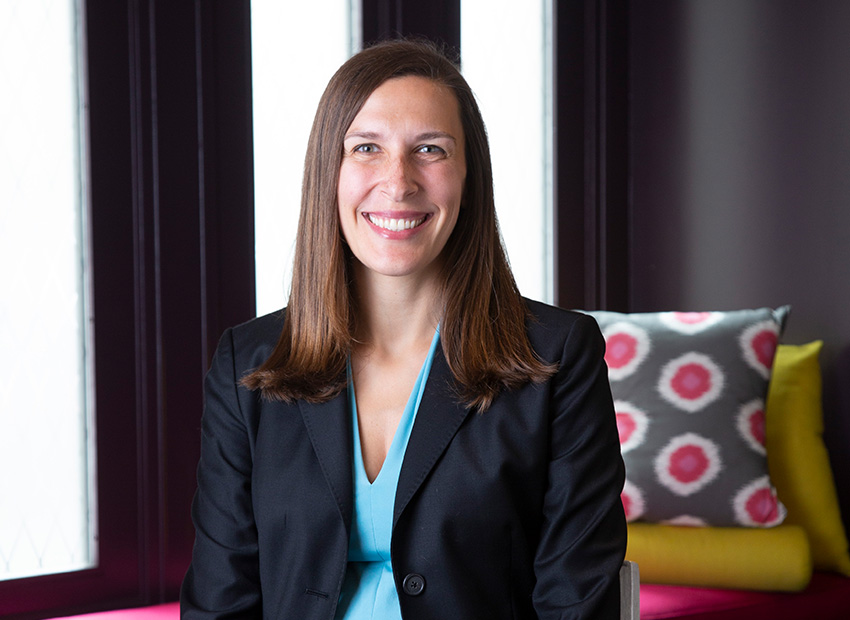Medical School Application Timeline
The medical school application timeline should be simple, right? Well, it is and it isn’t, and the main reason is that applicants come to this process at very different time of their lives. Some apply when they are in their junior or senior year of college while others take a gap year or more. Add to this all of the experiences and preparation applicants need to be competitive, such as clinical experiences, volunteering, and research. In general, it is helpful to think about the application process beginning two years before you hope to attend medical school.
Let’s look at what the application timeline looks like:
Fall, Year 1
Applicants should connect with their pre-med advisor. The goal of this conversation is to hear an objective opinion on how ready you are to apply to medical school. What are the strengths and weaknesses in your application? You will also learn what assistance the pre-med office provides. Most pre-med advisors will support both current undergraduates and alumni, at least until a certain number of years post-college. If you are in a post-bacc program, they will provide the advising and support you will need to navigate this process.
Winter, Year 1
This period of time is one of the busiest in the application process because you should do the following:
- Register for and take the MCAT, ideally between January and April, whenever you have the most time to dedicate to studying.
- Purchase a subscription to the MSAR (Medical School Admission Requirements) and begin medical school research. AMCAS, the governing body for allopathic medical schools, will also host virtual and in-person fairs where applicants can learn more about medical schools.
- Begin writing your personal statement and experiences section. By starting early, you will have enough time to edit and revise the two biggest writing sections of the application.
- Request transcripts to check for accuracy and contact your recommenders about writing letters of recommendation.
- As your medical school list narrows, pay attention to which schools require or recommend situational judgement tests. It can be helpful to schedule those over the spring or at least be aware of the available dates.






